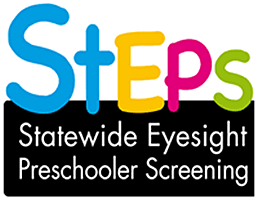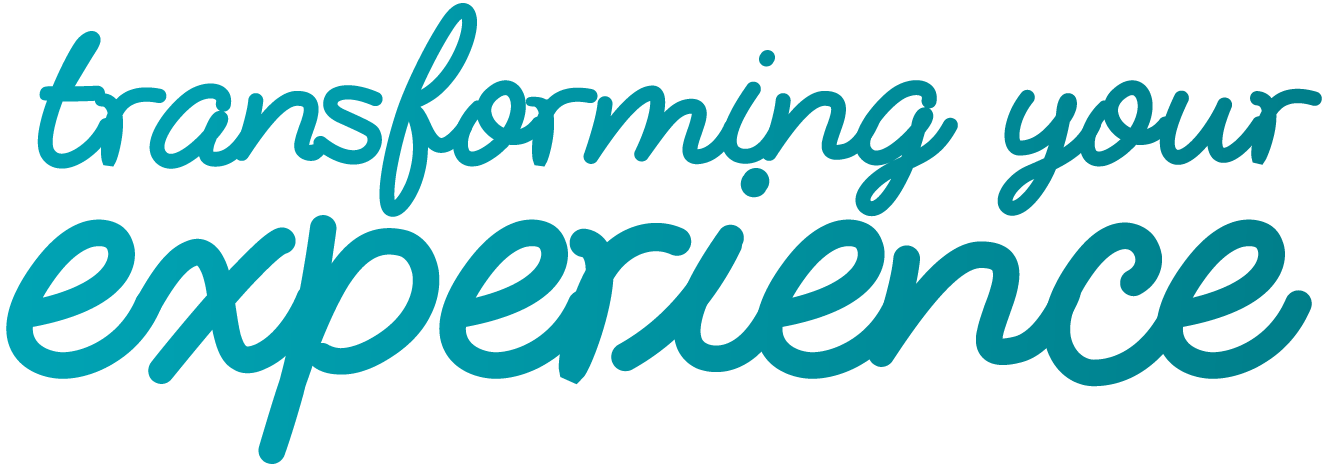StEPS
 Statewide Eyesight Preschooler Screening Program (StEPS)
Statewide Eyesight Preschooler Screening Program (StEPS)
What is StEPS?
The StEPS program is an initiative of NSW Health and offers all 4 year old children a free population vision screening. The StEPS program is designed to identify childhood vision problems which cannot be detected by observation, behaviour, family history or vision surveillance. The StEPS program will actively identify and target all 4 year old children in NSW to offer them a free visual acuity screen using a validated test.
The StEPS program will:
- Identify childhood vision problems early, during the critical developmental period, so treatment outcomes are optimised.
- Provide active follow-up for children identified with significant vision problems.
- Avoid preventable vision impairment/blindness later in life by treating childhood vision problems early
- Provide a universal point of access to children in NSW prior to school entry.
Why would my child need their vision screened?
Children rarely complain of symptoms related to their eyes and may not realise they cannot see well. Parents, carers and or health professionals cannot detect the two most common childhood vision problems, amblyopia1 and refractive error, simply by observing a child's behaviour or appearance. These common childhood vision problems can only be detected if a monocular (one eye at a time) visual acuity assessment is conducted by a trained vision screener.
Why screen children's vision prior to school entry - Why not at school?
Childhood vision problems need to be detected and treated prior to school entry, during the critical vision development period, to optimise treatment outcomes.
It is important that vision screening and treatment for childhood vision problems occurs as early as possible because there is a defined visual development period, from birth to approximately 8 years of age. During early development the visual system is particularly plastic, however, this plasticity decreases after school entry and the treatment of vision problems becomes increasingly difficult.
The earliest visual acuity can be accurately and reliably tested in children is at 4 years. Using the HOTV matching test preliterate children identify mirror image letters (H O T and V) on a chart by matching them to letters on a board placed on their lap. The HOTV matching test has proven to be a quick, simple, accurate and reliable method of testing visual acuity in 4 year old children.
How will 4 year old children be identified and targeted?
Area Health Services will actively identify and target 4 year old children in NSW through a variety of strategies and services e.g. preschools, child care centres, early intervention services, refugee services, Child & Family Health Clinics, Department of Education and Training (DET) Schools for Specific Purposes, Schools for Autism, playgroups, community vision screening days, immunisation clinics, etc.
"Don't children with amblyopia still see perfectly with their 'good' eye?"
Good vision is a lifelong investment. Frequently, the relevance of an individual suffering from an undiagnosed and untreated amblyopia is often not appreciated until the adult years when trauma and age related eye disease reduce vision in the 'good' eye. Evidence based scientific research demonstrates that if a person has poor vision in one eye they are two to three times more likely than the general population to lose vision in their healthy eye (Chua, 2004; Redmer van Leeuwen, 2007; Rahi, 2002).
“The risk of vision loss in the non-amblyopic eye of people with monocular amblyopia and its consequences for affected individuals and for society in general, are greater than assumed. ….Effective treatment of amblyopia during childhood remains a potentially valuable strategy against incapacitating vision loss later in life” (Rahi et al 2002)
But isn't there already a vision screening component in the Personal Health Record, 'the Blue Book?'
The Personal Health Record recommends vision surveillance for babies and toddlers to 3 years of age. The StEPS program builds on vision surveillance by introducing visual acuity screening at 4 years of age.
Vision surveillance involves asking parents/carers questions about their child's vision and observing signs and symptoms which may indicate possible vision problems. Vision screening is when a specific test is conducted to assess how well the child can see with each eye and has a pass/fail criteria.
The StEPS program will address the issue of preventable vision impairment and/or blindness later in life by identifying and ensuring children receive follow-up treatment for childhood vision problems early.
Enquiries:
Please contact Glenys Goodwin, Nursing Unit Manager StEPS Screening Programs on (02) 8798 9784.
1 Amblyopia: (also known as 'lazy eye') is reduced or 'dim' vision in an eye which appears to be normal.
Absentee Clinics Calendar 2017
StEPS Brochure
StEPS Poster

